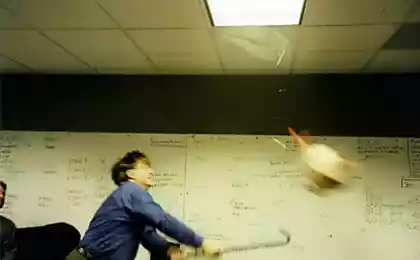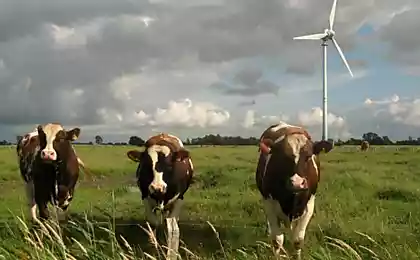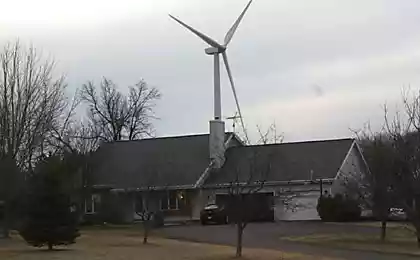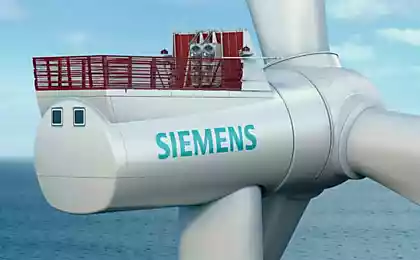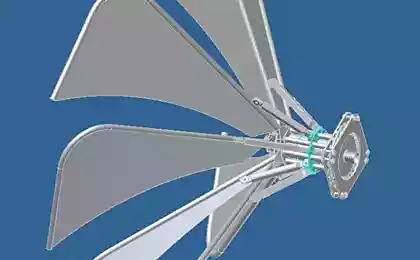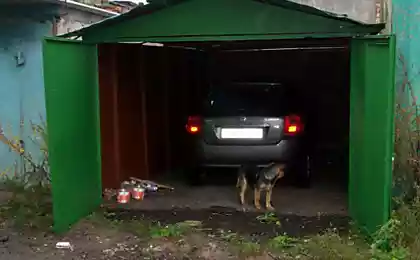1688
Wind turbine energy pays off in 5-7 months

Opponents of alternative energy sometimes argues that solar panels never comes energy payback. Solar panel during its operation allegedly not able to produce as much energy as it took to manufacture.
To put it mildly, it is very questionable assertion is not backed by facts. In fact, manufacturers of solar panels are given a slightly different question: how to compete for investment with the manufacturers of wind turbines? Those achieved exceptional profitability of its power plants, even without using state subsidies.
At school, technical and industrial engineering at Oregon University conducted a comparative analysis of energy payback (life cycle assessment) of two models of wind turbines with a capacity of 2 MW the stated maturity of 20 years.
The researchers conducted a life cycle assessment using a standard method of assessing ReCiPe 2008. When calculating the payback period takes into account the energy costs of mineral extraction, production of parts, delivery of parts from different wind turbine plants, on-site installation, maintenance for the duration (alone lubricants for 20 years consumed from 273 to 546 tons, depending on the model) and, finally, its disposal with partial recycling at end of life.
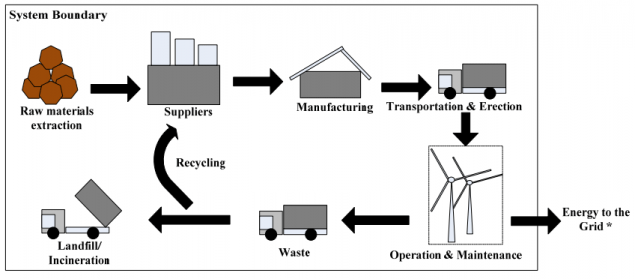
It was found that 78% of the energy in the entire 20-year life of the wind turbine is consumed at the production stage, mainly on the production of parts made of steel, copper, fiberglass, plastic and other materials. On pouring the foundation, too, consumption of concrete and steel.
Content
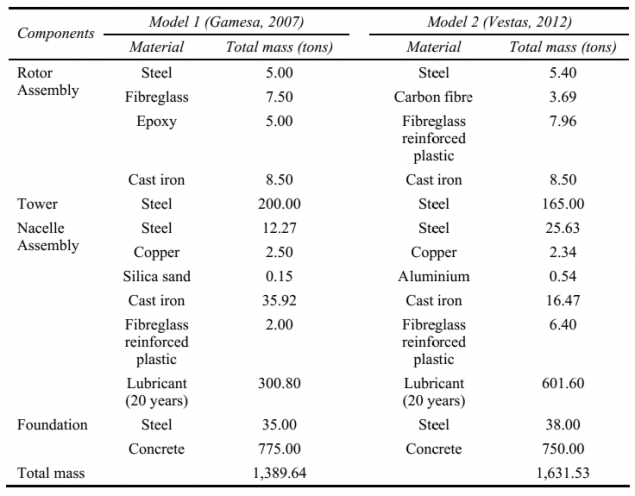
The table shows the US short ton (907 kg)
Given the design power of wind power plants in the conditions of the north-west coast of the United States (6, 12 GWh per year at 35% load), the researchers estimated the energy payback period of two models of wind turbines at 0, 43 years and 0, 53, respectively. During this time, paying off the costs not only for production, but also the operating costs for the entire 20-year lifespan.
Authors of scientific work say that all methods of power generation using natural resources. The only question is how well we do spend and how it impacts on the environment.
Article «Comparative life cycle assessment of 2.0 MW wind turbines» published in the journal «International Journal of Sustainable Manufacturing» (Volume 3 , № 2, 2014, pp. 170-185), mirror .
Source: habrahabr.ru/post/228391/
Case 3d-printing from metal (DMLS): microreactor for refining
Differs from the bus on the car GPS-tracks
